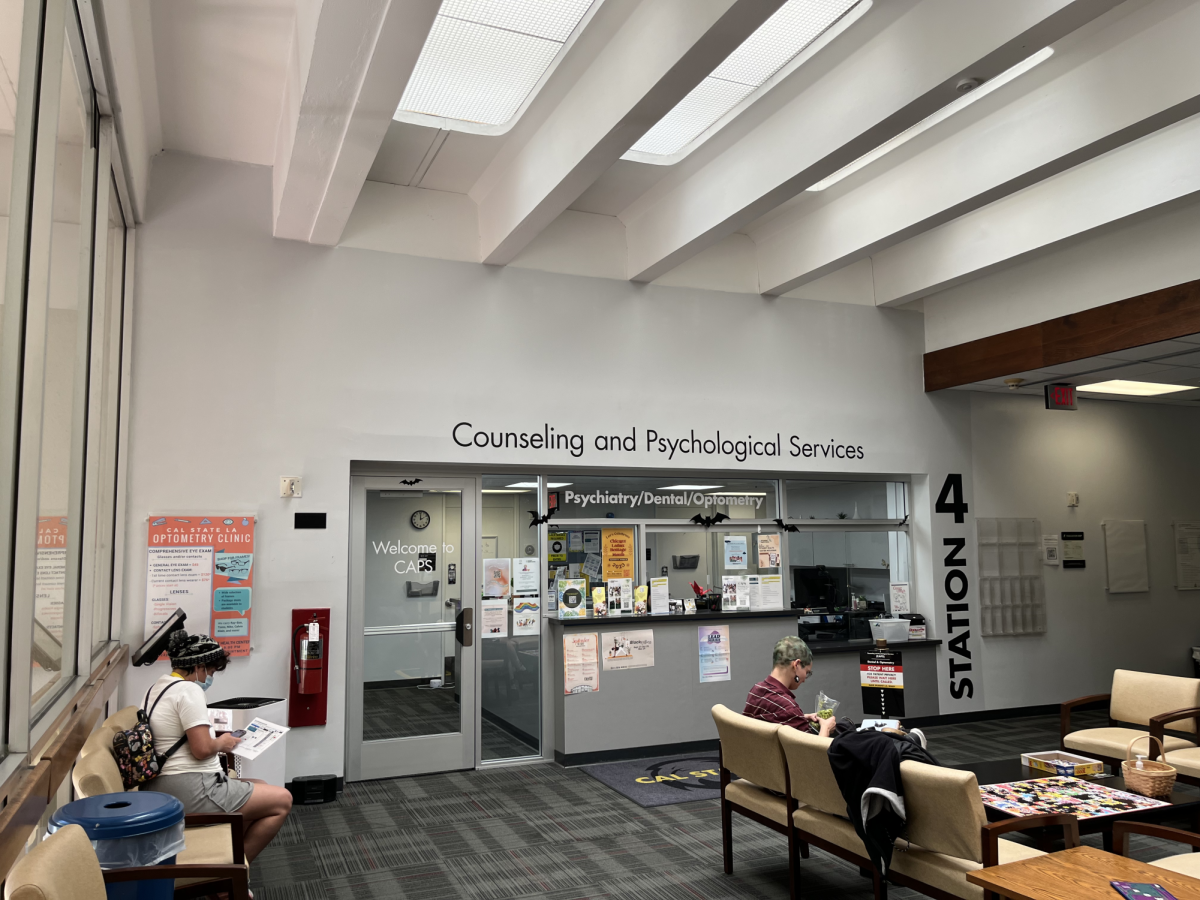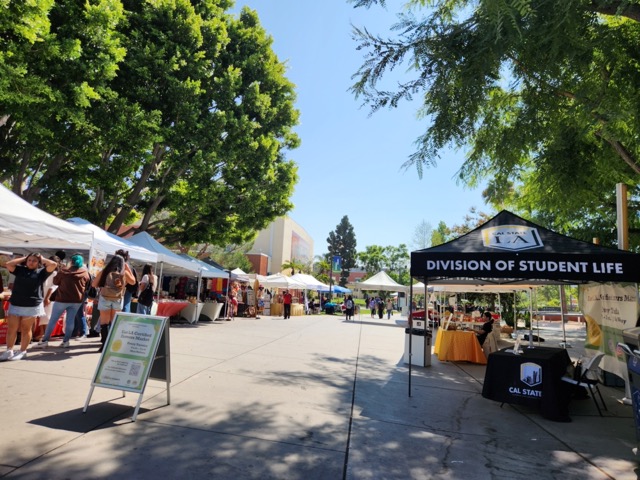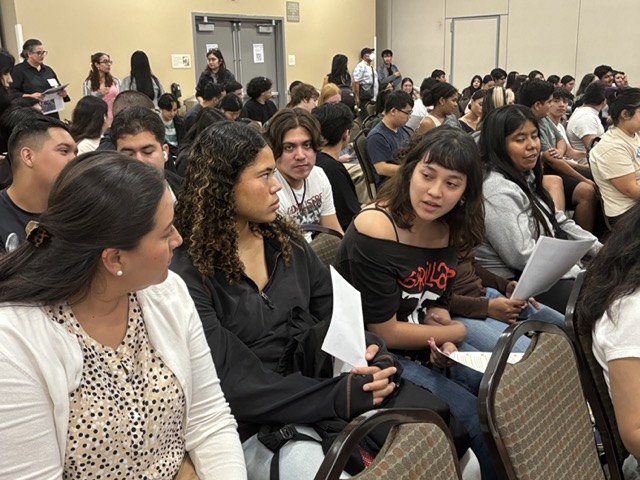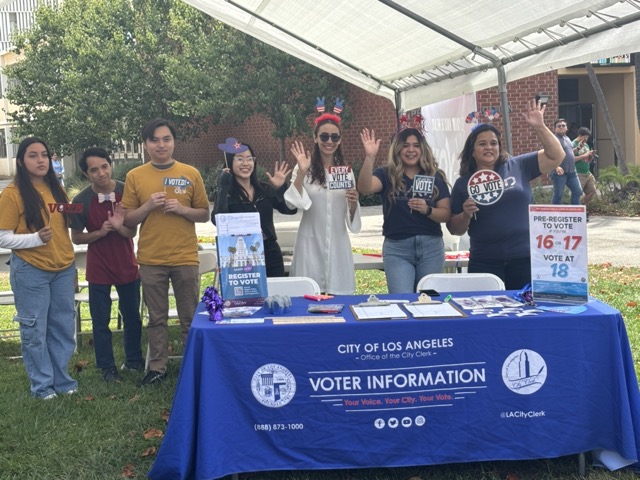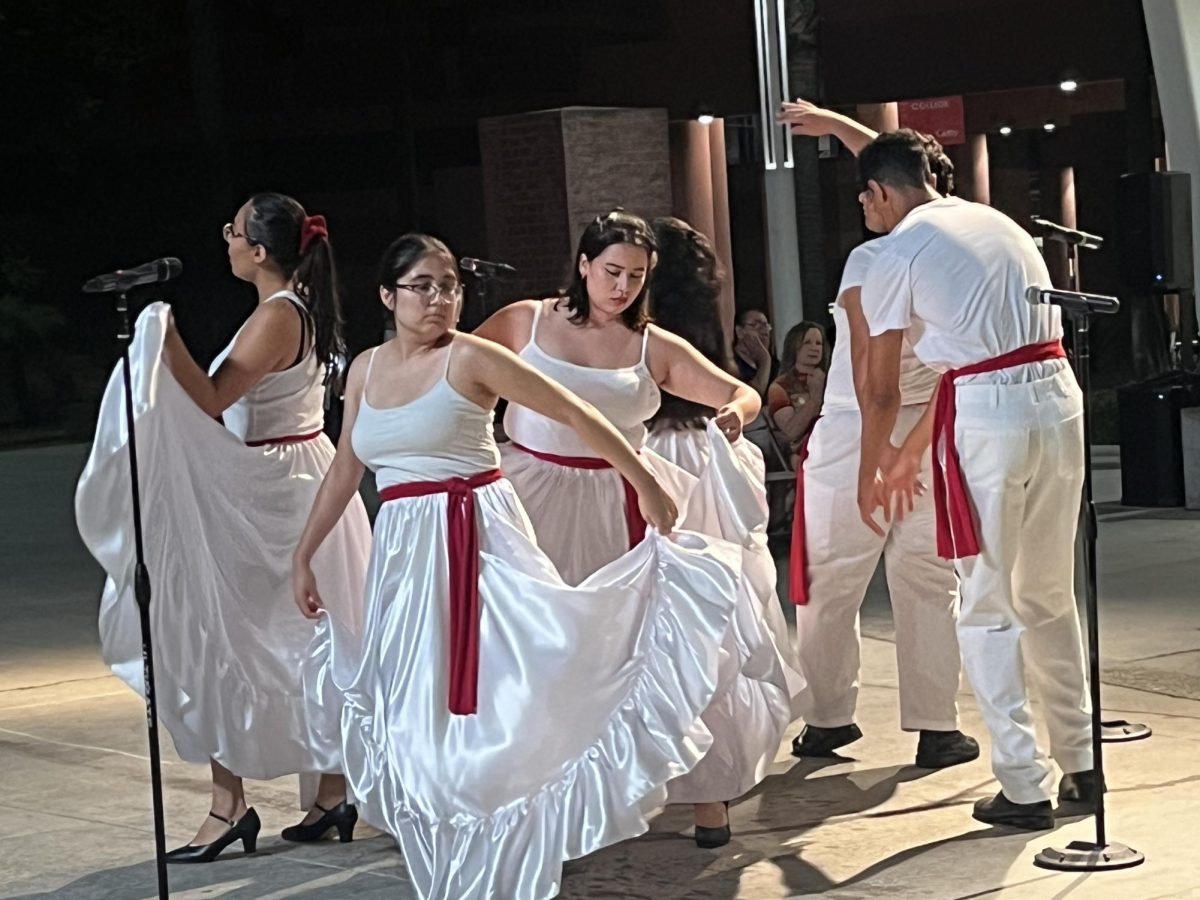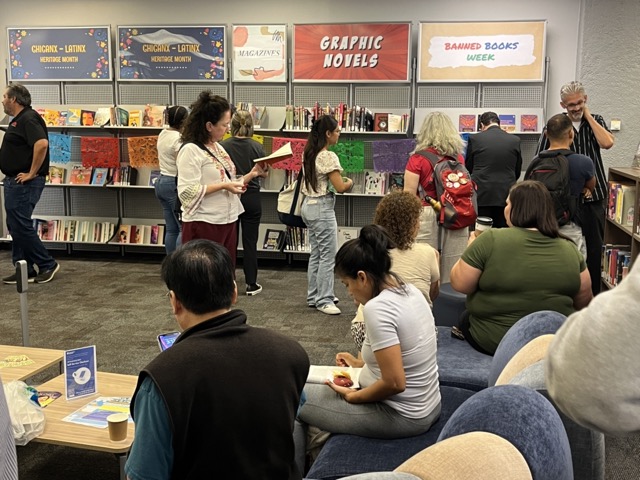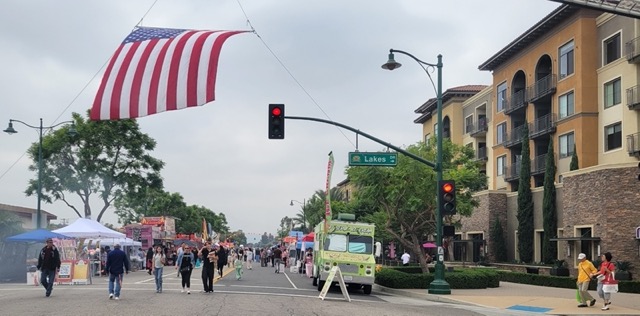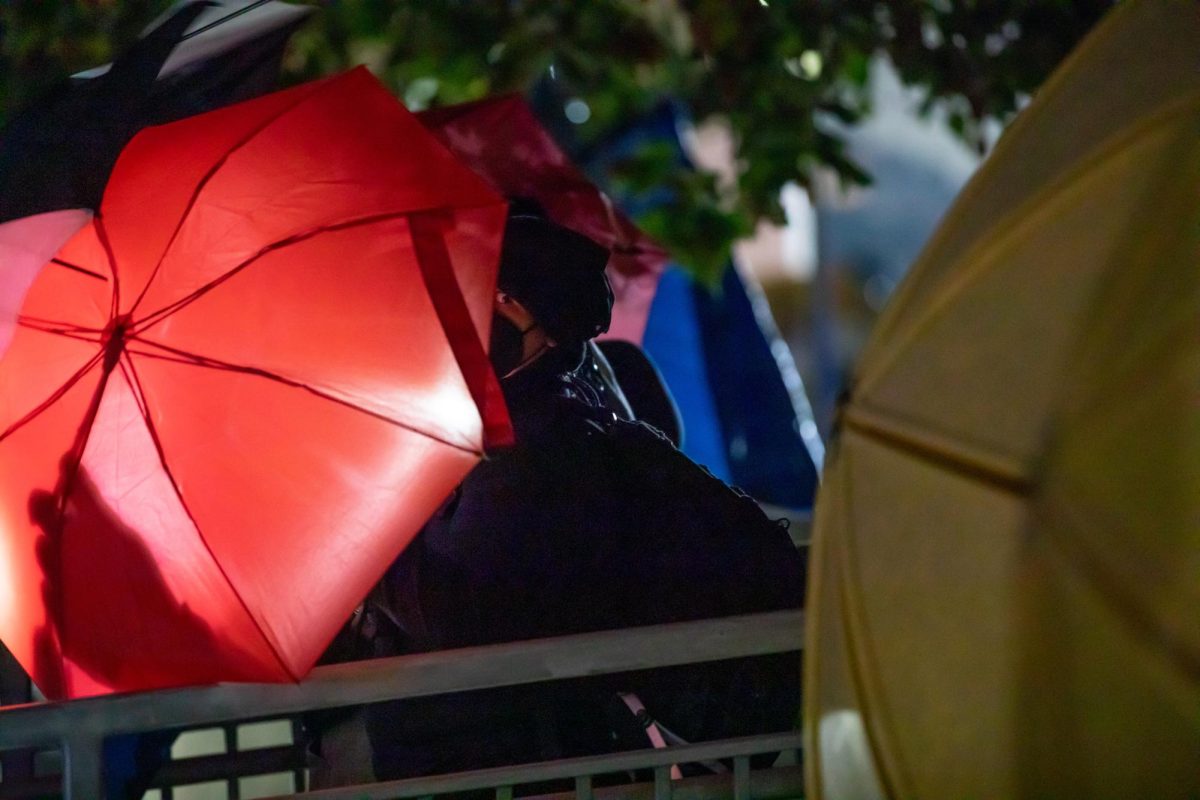“Échale ganas,” or “give it your all,” is the advice Alejandro Duran’s parents gave him in high school when managing classes, soccer and college prep programs overwhelmed him enough that he approached them to discuss his feelings.
“They kind of just overlooked it, so I thought to myself, ‘Okay, I’m not going to tell my parents that I’m falling behind,’” said the second-year student. “Sometimes, when I’m stressed, I vent to my little brother. I share a little bit with him, but I try not to overshare because he’s younger than me and I try to set an example.”
Don’t tough it out alone
Now a 20-year-old college student who is more mindful of stress management, Duran said that he realizes having such discussions with family members isn’t always easy but important to do. The “tough it out” approach is a traditionally common response to adversity within the Latino community, a coping mechanism of sorts.
The cultural “machismo” stereotype is upheld in many Latino households, forming a stigma around therapy and seeking help, which is often associated with weakness. When this practice is passed from one generation to the next, it becomes a difficult cycle to break. Annually, 33% of Latinos suffering from a mental illness seek treatment, compared to the U.S. average of 43%, according to the National Alliance on Mental Health.
Talking about it isn’t always easy
Gaithri Fernando is a psychology professor at Cal State LA who recognizes how difficult having these conversations can be.
“I think it’s really hard on teens who come from low-acculturated families [not yet adopted U.S. culture] to tell their parents what’s going on,” Fernando said. She explained how some first-generation teens may feel invalidated in the way they’re feeling when comparing their trauma to their parents’.
“I hear many parents say, ‘If only [my kids] knew what I went through,’ and they don’t want to disclose those personal stories because of the trauma and they don’t want to burden their children.”
Thousands attempt suicide annually
Data from the American Psychiatric Association shows that each year 243,000 Latinos in the U.S. attempt to take their own lives, and that 17% of high school Latinos experience suicidal thoughts. The study also reported that suicide is the second leading cause of death among people aged 10 to 34. Recent data from the Center for Disease Control and Prevention averages one death every 11 minutes, a statistic that drove suicides up 36%, since the start of the millennium.
Growing up in a traditional Mexican household, third-year student Bethany Peralta said that certain cultural stereotypes make it difficult to openly express her emotions and be optimistic at times. She said she believes the amount someone is willing to share is dependent on the listener’s approach and whether or not they try to force a response. The 20-year-old said that by increasing mental health services and spreading awareness throughout the Latino community, younger generations could be better understood by their parents.
“In high school, I was very to myself. I didn’t want to talk about how I was feeling, so I kept a lot bottled up,” Peralta said. “It really affected me, but I learned to share my feelings with friends and school counselors, and now I’m comfortable saying exactly what’s on my mind and what’s bothering me.”
Generational mental health challenges
Sadly, depression runs in Peralta’s family, and she’s seen first-hand how easy it can be to turn to coping mechanisms like alcohol–a habit apparent in one-third of people suffering from the disease, according to WebMD.
With young people at such high risk–and hundreds of thousands of teens to account for–the Los Angeles Unified School District joined the statewide “Share Hope Together” campaign last September. The goal is to prompt conversations about mental health and provide students and staff with resources to better identify changes in behavior among peers and themselves. As teens and people in their early 20s have yet to fully develop mentally, they lack the cognitive ability that allows for rational decision making. From a developmental perspective, experts say that hormone imbalances and peer pressure can cause them to act more impulsively.
Sadly for first-year student Jeromy Martinez, losing a friend to suicide last year made him understand how important it can be to check in on loved ones.
“It hurts me that I couldn’t help him or prevent anything from happening,” Martinez said. He’s grateful to have the support of his family, knowing that he could talk to them if anything was bothering him.
“Every time I come home, my mom asks how my day went and how I’m feeling, and although I don’t always share everything that happened, just knowing that someone will listen to the small things matters,” Martinez said.
The importance of face-to-face interaction and forming personal connections is something Fernando touched on when identifying patterns of self-isolation and loneliness.
“There’s been discussion about the epidemic of loneliness in our time, where connecting is done mostly through Tik Tok, X (formerly known as Twitter) and various social media apps,” Fernando said. “In my opinion, that’s a misnomer. That’s not social media; that’s anti-social media. We’re not actually looking at each other’s faces.”
In addition to any cultural barriers that might get in the way of therapy, there are other inequities that could prevent Latinos from seeking help. Legal status, language barriers and a lack of health insurance are all factors that come into play. Latinos have the highest uninsured rates of any ethnic group in the country, with 18.3% of the population uninsured compared to 5.4% of white people, according to the Department of Health and Human Services. While undocumented Latinos don’t qualify for Marketplace health coverage, they can buy private health insurance on their own outside of Covered California.

